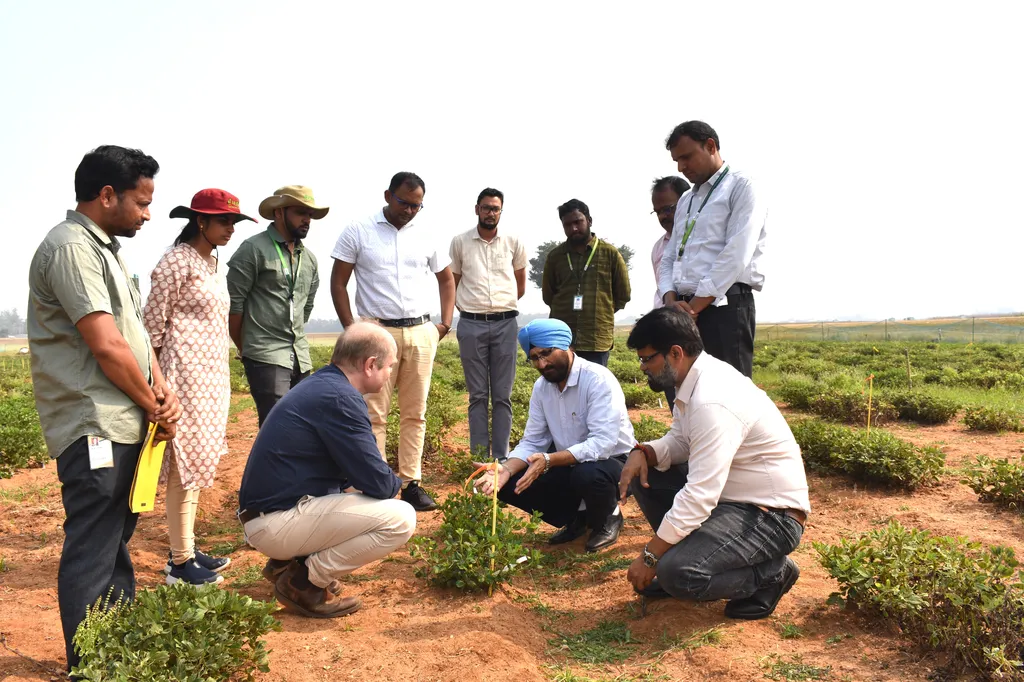In the heart of India’s agricultural landscape, a groundbreaking study is shedding light on the intricate battle between groundnut plants and the rust pathogen Puccinia arachidis. This research, led by V. Ramya from the Department of Plant Pathology at Professor Jayashankar Telangana State Agricultural University, is unraveling the early interactions of the rust pathogen with different groundnut genotypes, offering promising insights for disease resistance and crop protection.
Groundnut rust, caused by Puccinia arachidis, is a significant threat to groundnut production, leading to substantial yield losses. The study, published in the ‘International Journal of Bio-Resource and Stress Management,’ focused on understanding the histopathological mechanisms of the initial interaction between the pathogen and six groundnut genotypes. By inoculating fully expanded leaves and examining them at various intervals, the researchers observed the germination of urediniospores and the subsequent infection process.
The findings revealed that while the initial germination and penetration phases were similar across all genotypes, the post-penetration phase showed significant differences. In genotypes TMV 2 and K 6, the pathogen exhibited extensive hyphal colonization, indicating a compatible interaction and susceptibility to rust disease. However, in genotypes ICGV 171015 and ICGV 13229, the researchers observed sparse hyphal growth and corresponding mesophyll cell death, suggesting a defense response by the host and moderate resistance. Most notably, in genotypes ICG 11426 and GPBD 4, the hyphal growth was completely arrested due to extensive mesophyll necrosis, indicating an incompatible interaction and resistance to rust.
“This study provides a detailed histopathological description of the initial infection strategies of Puccinia arachidis in selected groundnut genotypes,” said Ramya. “Understanding these interactions is crucial for developing effective disease management strategies and breeding programs aimed at enhancing rust resistance in groundnut crops.”
The commercial implications of this research are substantial. Groundnut is a vital cash crop for millions of farmers, particularly in India, which is one of the largest producers and consumers of groundnuts globally. Rust disease can cause significant economic losses, affecting both yield and quality. By identifying genotypes with strong resistance mechanisms, farmers can adopt more resilient varieties, reducing the need for chemical pesticides and improving overall crop sustainability.
The study’s findings could pave the way for future developments in plant pathology and breeding programs. “This research not only enhances our understanding of the pathogen’s infection process but also highlights the importance of histopathology in studying plant-pathogen interactions,” Ramya added. “It sets a foundation for further investigations into the molecular and genetic mechanisms underlying rust resistance in groundnuts.”
As the agricultural sector continues to face challenges from climate change and emerging diseases, such research is invaluable. It offers hope for developing more robust and resilient crop varieties, ensuring food security and economic stability for farmers worldwide. The insights gained from this study could shape future breeding programs and disease management strategies, ultimately benefiting the entire agriculture sector.

